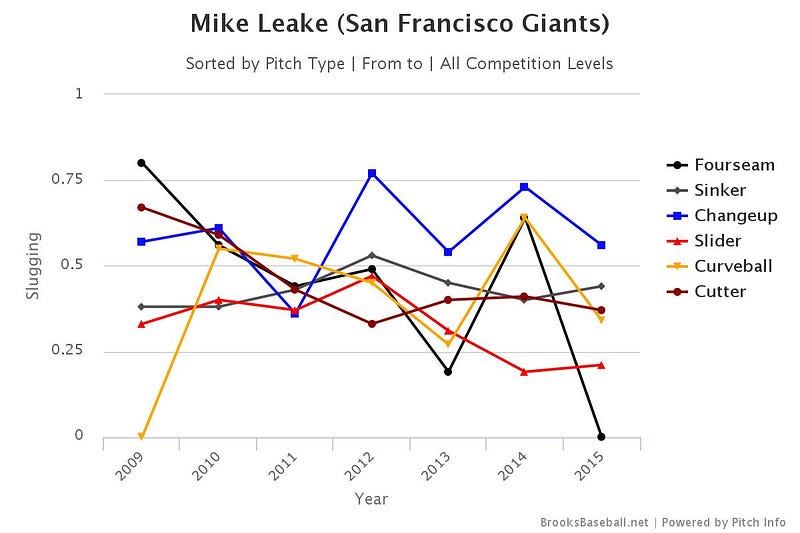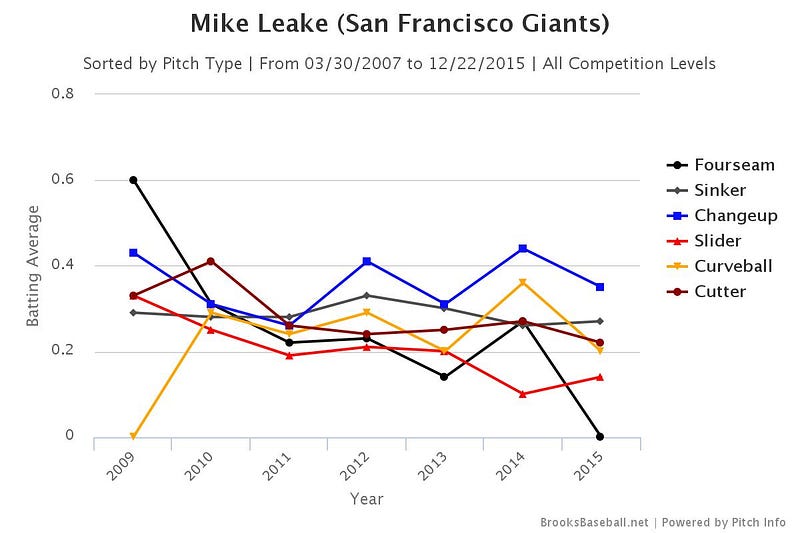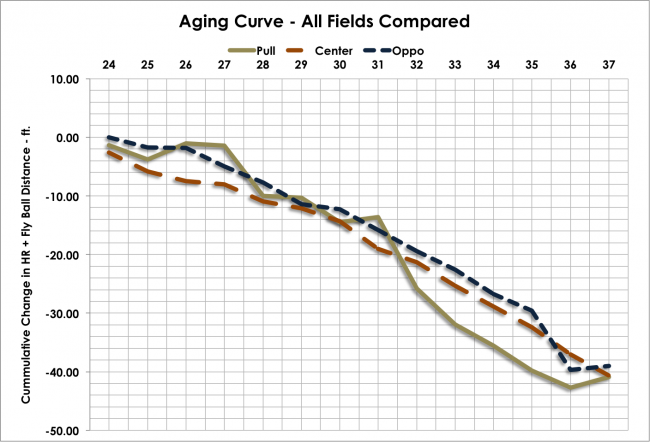The Least Valuable Players (LVPs) of 2015
After the announcement of the Cy Young and MVP winners, the award season is officially over and the offseason is in full stride. Most, except perhaps Royals and Mets fans, have moved on from the 2015 season and are focused on the year ahead. However, before doing so, I wanted to answer one final question about the past season: Who were the league’s Least Valuable Players (LVPs)?
Inspired by Neil Paine’s piece on Bryce Harper and the MVP I define the LVPs as position players (with at least 400 plate appearances) that not only had a bad year in terms of performance, but had an even worse performance relative to the salary they were being paid.
Why the distinction? First off, most teams, with a few apparent exceptions (I’m looking at you Dodgers) have some sort of payroll limitation. Therefore having an expensive player stink up the place limits the opportunity that teams have to replace them via free agency or trade.
Secondly, it is my initial assumption, that underperforming players with large contracts may get disproportionally more playing time than similarly underperforming players with cheap contracts. This might be because teams hope that by giving players a chance to work things out at the plate they may salvage their initial investment or even entice another team to take a flyer with them. This, in the end, might be compounding the issue in the long-term as it robs the team the opportunity to try out existing farm-level talent at the position for instance.
It should be noted that it is possible that unlike most replacement-level players, underperforming players with big contracts were at some point actually good players and might have some other intrinsic value for their teams (i.e.: leadership, tradition, marketing, etc.) that justifies playing time; think of Ken Griffey Jr during his last few seasons or Derek Jeter’s farewell tour. However, for the intents and purposes of this article we will not be discounting player’s terribleness by any of these measures.
As far as methodology goes we will be replicating Paine’s approach from the previously mentioned article. FanGraphs calculates the monetary value of a player by estimating how much teams spent during the preceding offseason per projected WAR and then multiplying this value by accrued WAR during the season to get a sense of how much those wins above replacement would’ve cost in the “open market”. Then, from this “open market” value we subtract the actual salary (or rather salary cap hit from spotrac) of the players to get a grasp for their relative value or net value. In the case of over performing players this would turn into a value surplus for the team, whilst for underperforming players this would represent an additional cost for the team.
For example, per FanGraphs, the cost of a win in the 2015 offseason was approximately $8 million. Mike Trout accumulated WAR of 9.0 during the year, which means that the value his 2015 season was around $72 million. Meanwhile, his salary was a “mere” $6.1 million, which makes the surplus for the Angels somewhere around $66 million. In other words, the Angels paid $6.1 million in salary to get $72 million worth in production, which is a bargain of historic proportions. Conversely, during the 2015 season Ryan Howard accumulated a WAR of -0.4, which translates into a -$3.2 million value. Not only that, but Howard was paid a cool $25 million for his services, which means that the true cost to the Phillies was of $28.2 million. In other words Philadelphia invested $25 million to get -$3.2 million in production, which over time is the kind of decision that leads to this.
So without further ado here are our Top 50 LVPs from the 2015 season:
| Player | Team | WAR | “Open market” value (MM USD) | Salary cap hit (MM USD) | Net value (MM USD) |
| Hanley Ramirez | Red Sox | -1.8 | -$14.40 | $19.75 | -$34.15 |
| Pablo Sandoval | Red Sox | -2 | -$15.70 | $17.60 | -$33.30 |
| Victor Martinez | Tigers | -2 | -$15.80 | $14.00 | -$29.80 |
| Ryan Howard | Phillies | -0.4 | -$3.40 | $25.00 | -$28.40 |
| Adam LaRoche | White Sox | -1.4 | -$11.30 | $12.00 | -$23.30 |
| Joe Mauer | Twins | 0.3 | $2.20 | $23.00 | -$20.80 |
| Matt Kemp | Padres | 0.4 | $3.50 | $21.25 | -$17.75 |
| Yasmany Tomas | Diamondbacks | -1.3 | -$10.70 | $5.38 | -$16.08 |
| Melky Cabrera | White Sox | -0.3 | -$2.50 | $13.00 | -$15.50 |
| Angel Pagan | Giants | -0.5 | -$4.40 | $10.25 | -$14.65 |
| Omar Infante | Royals | -0.9 | -$7.00 | $7.50 | -$14.50 |
| Jacoby Ellsbury | Yankees | 0.9 | $6.90 | $21.14 | -$14.24 |
| Alexei Ramirez | White Sox | -0.5 | -$3.70 | $10.00 | -$13.70 |
| Billy Butler | Athletics | -0.7 | -$5.70 | $6.67 | -$12.37 |
| Chris Owings | Diamondbacks | -1.4 | -$11.20 | $0.51 | -$11.71 |
| J.J. Hardy | Orioles | 0 | -$0.20 | $11.50 | -$11.70 |
| Jay Bruce | Reds | 0.1 | $0.60 | $12.04 | -$11.44 |
| Prince Fielder | Rangers | 1.6 | $12.90 | $24.00 | -$11.10 |
| Cody Asche | Phillies | -1.1 | -$9.00 | $0.47 | -$9.47 |
| Jimmy Rollins | Dodgers | 0.2 | $1.70 | $11.00 | -$9.30 |
| Avisail Garcia | White Sox | -1.1 | -$8.60 | $0.52 | -$9.12 |
| Michael Cuddyer | Mets | 0 | -$0.30 | $8.50 | -$8.80 |
| Alex Rios | Royals | 0.2 | $1.30 | $9.50 | -$8.20 |
| Ichiro Suzuki | Marlins | -0.8 | -$6.20 | $2.00 | -$8.20 |
| Albert Pujols | Angels | 2 | $16.00 | $24.00 | -$8.00 |
| Robinson Cano | Mariners | 2.1 | $16.90 | $24.00 | -$7.10 |
| Kurt Suzuki | Twins | -0.1 | -$0.70 | $6.00 | -$6.70 |
| Torii Hunter | Twins | 0.5 | $3.90 | $10.50 | -$6.60 |
| Yadier Molina | Cardinals | 1.3 | $10.80 | $15.20 | -$4.40 |
| Logan Morrison | Mariners | -0.2 | -$1.50 | $2.73 | -$4.23 |
The American League LVP is a tight race between two teammates in which Hanley Ramirez narrowly beats out Pablo Sandoval, even after failing to accumulate enough plate appearances to qualify for the batting title. Meanwhile, Ryan Howard stands head and shoulders above the competition in the National League specially after considering that the Dodgers heavily subsidized Matt Kemp’s salary.
When considering teams most affected by this subset of underperforming stars we can highlight the Red Sox and White Sox leading the way with over $60 million of net value lost each seriously shooting themselves in the foot as both had aspired to contend in 2015. This was particularly damning for Boston; had they not had these terrible contracts on hand, and holding all else constant, the Red Sox would have finished with the 6th best positional net value in the AL, ahead of playoff teams like the Astros, Rangers and Yankees and with sufficient cash to spend to shore up their well-documented starting rotation deficiencies.
Lastly, it’s worth noting the vast number of players on the list that were signed as free agents, extended or traded for during the past year. All in all roughly half of the players on this list fit that description, which is something to keep in mind when your team announces its next big move during the coming offseason (uh-oh).
Note: This analysis is also featured in our emerging blog www.theimperfectgame.com











